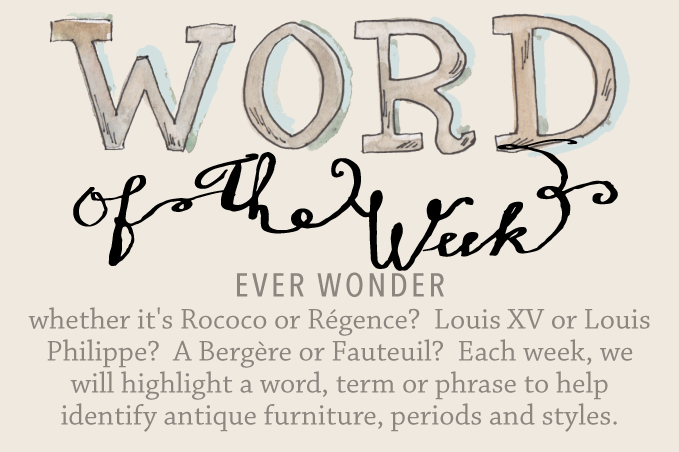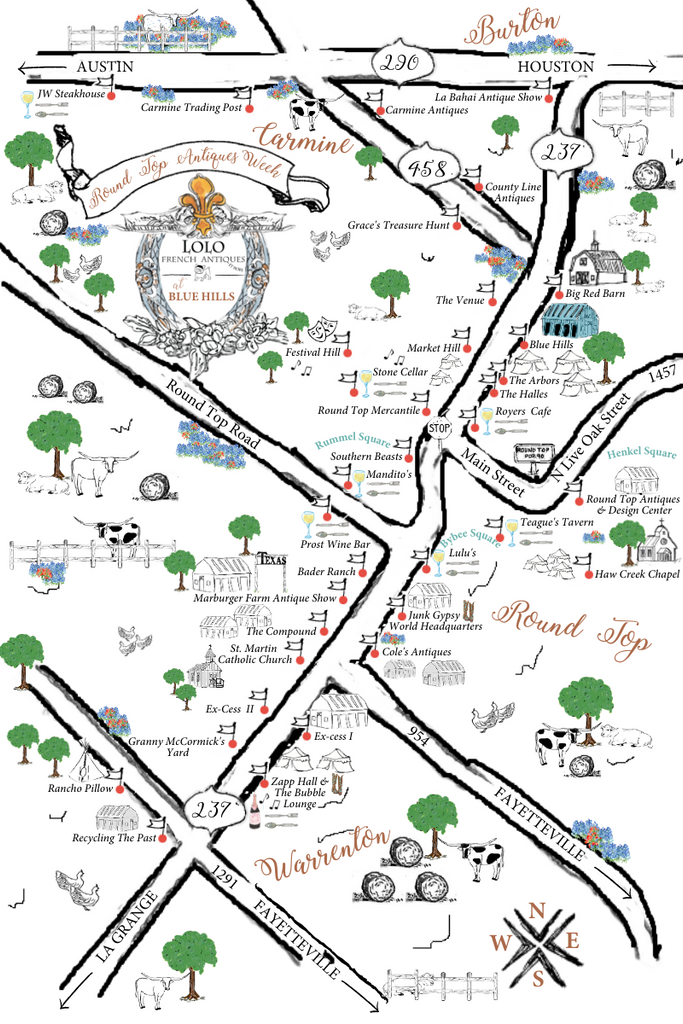
Bastille Day History and Traditions
Revolution to Revelry
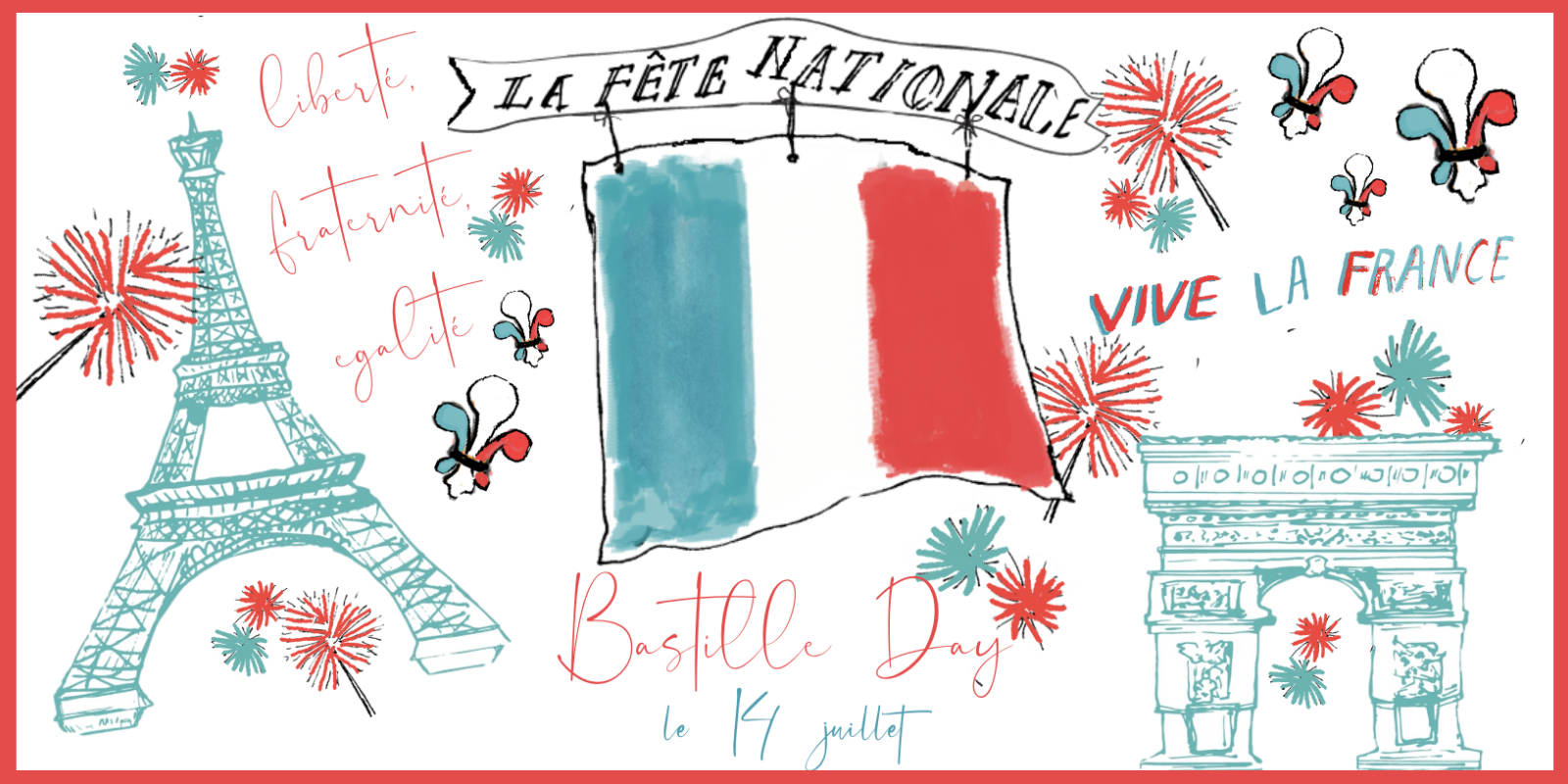
Fortress Origins
Behind Bars with the Fab Four Kings
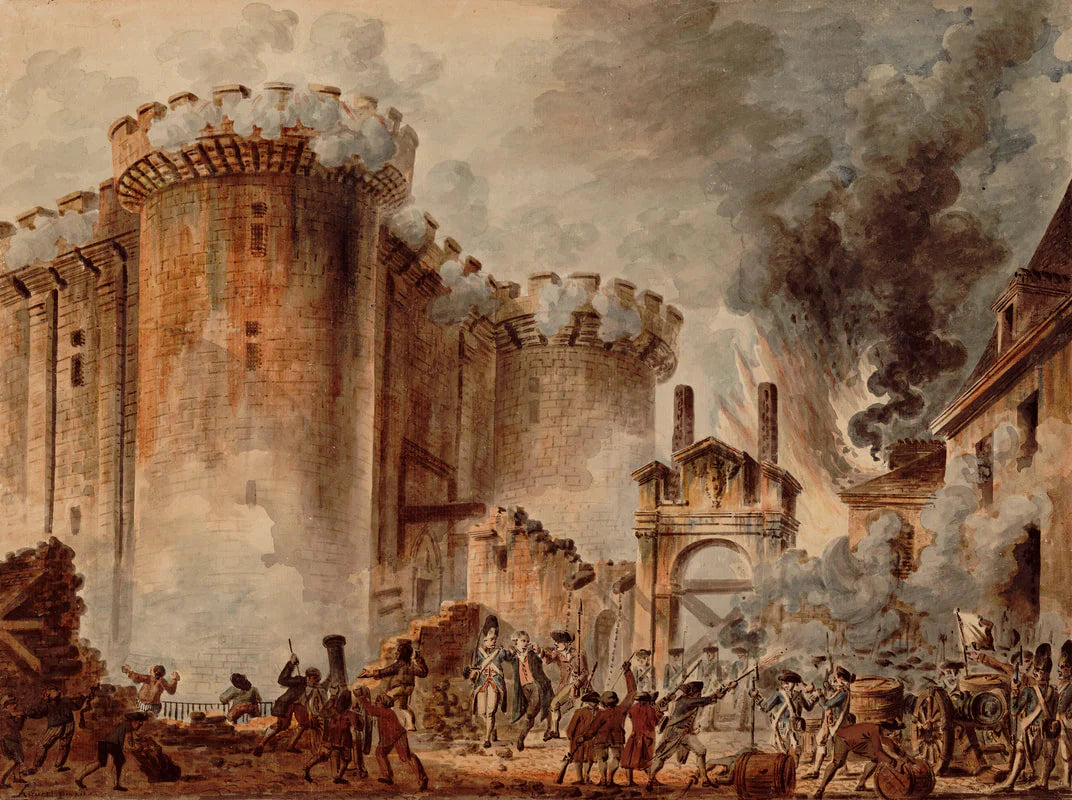
Storming the Bastille
Royal Reckoning
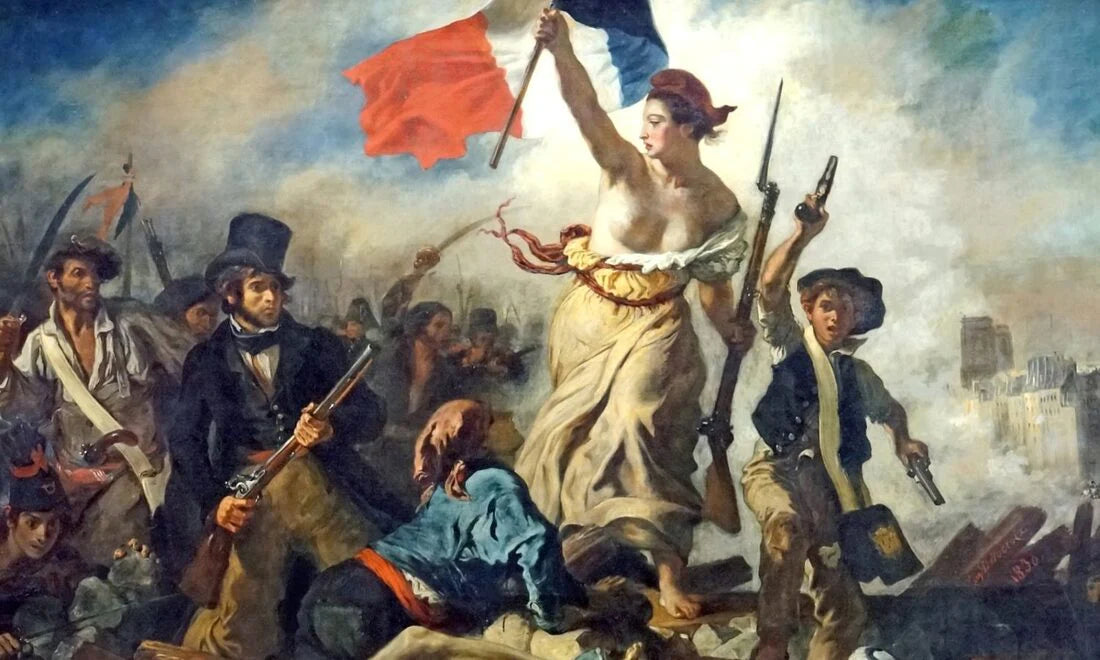
A Day of Celebration
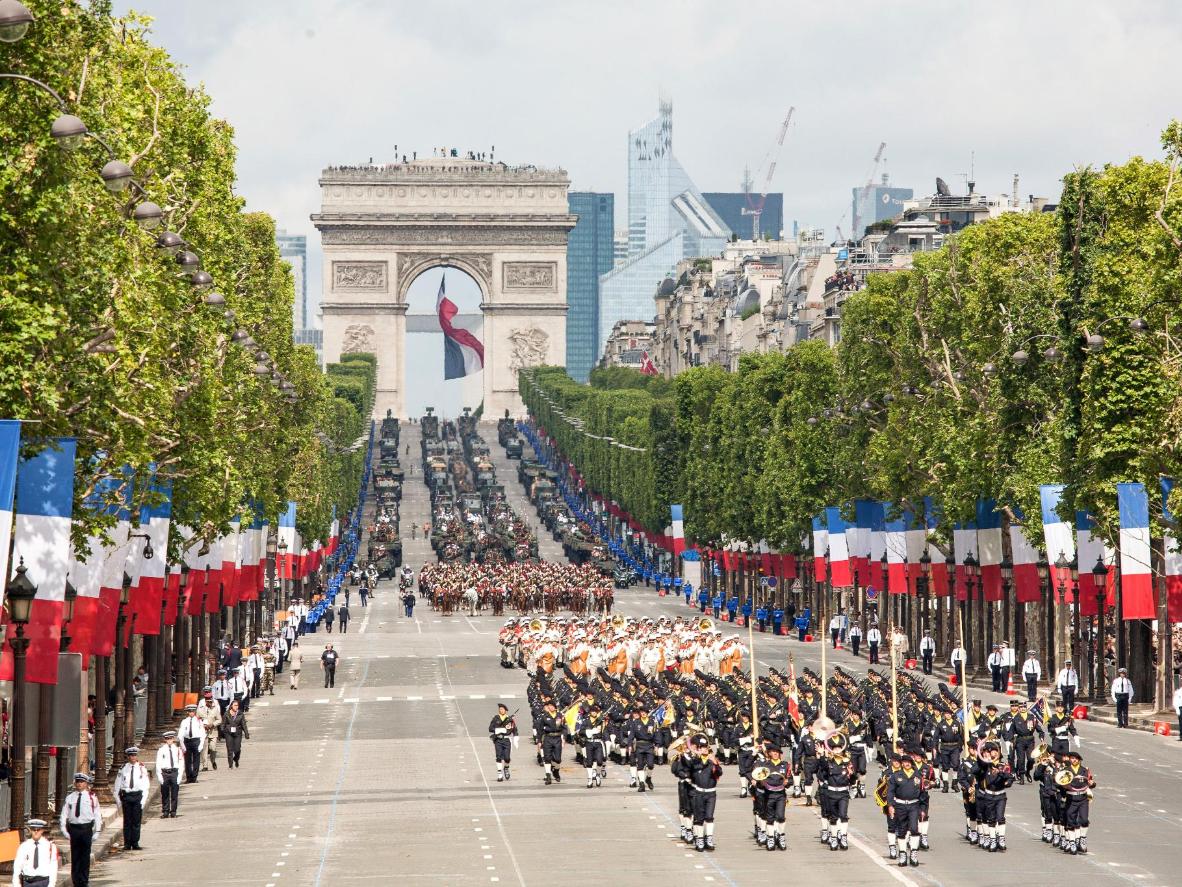
The grand Bastille Day military parade marching down the Champs-Élysées — a tradition since 1880 and the largest of its kind in the world. Photo by Jérémy Barande, 2010, Paris.

Nine Alpha Jets from the French Air Force, The Patrouille de France, soar above Paris, painting the sky bleu, blanc, rouge in honor of liberté, égalité, fraternité. July 14, 2017. Photo by Joe deSousa.
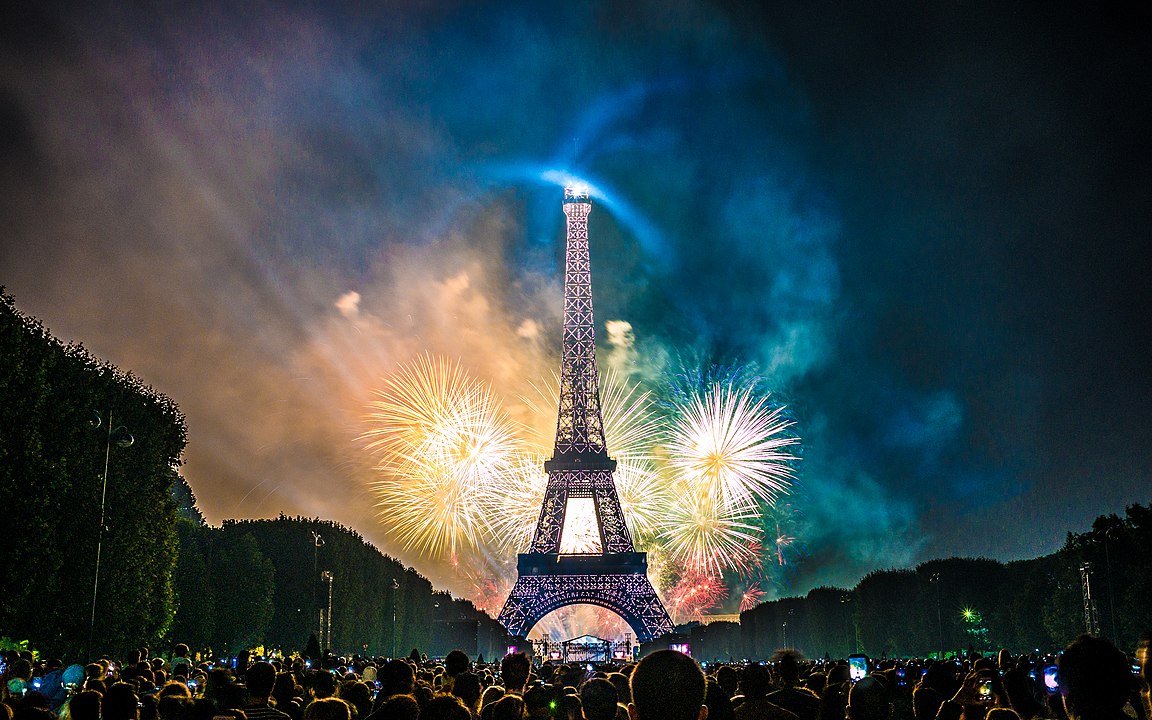
Spectacular fireworks over the Eiffel Tower — the crowning jewel of Bastille Day celebrations in Paris.
Vive la France — Everywhere
Joyeux Quatorze Juillet!

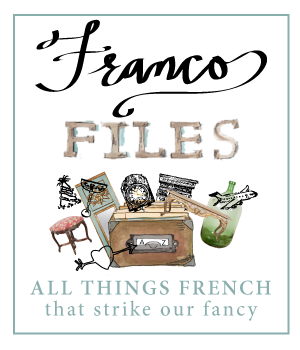


RECENT ARTICLES


Browse the Full Series
See all Word of the Week posts →
See all Word of the Week posts →

Browse the Full Series
See all Double Vision posts →
See all Double Vision posts →






